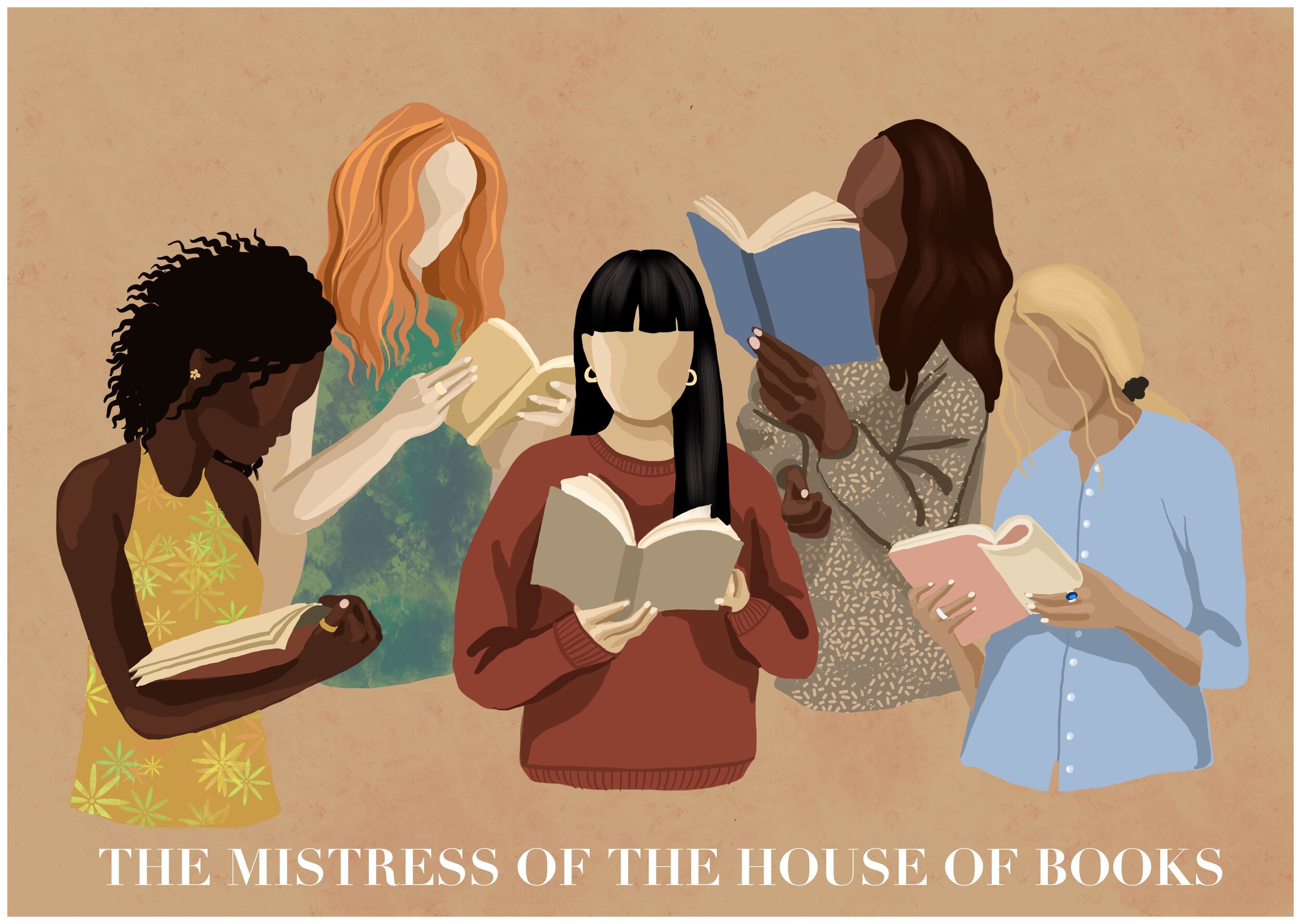Historical Spotlight: Moms Mabley
For our first historical woman spotlight, I wanted to feature one of the most famous comedians Moms Mabley. I first heard of Moms Mabley when her character appeared in the last season of the Marvelous Mrs. Maisel; I recommend anyone who has Amazon Prime to watch that show. In this particular episode, Mrs. Maisel is starstruck when she runs into Moms Mabley backstage at the Apollo theater. So, who is Moms Mabley at the time Mrs. Maisel met her? Moms Mabley was the first female comedian to appear on stage at the Apollo theater, holds the record for most performances, and was a trailblazer for future female comedians.
Moms Mabley was born Loretta Mary Aiken in Brevard, North Carolina in the 1890s. Loretta had a very tragic childhood that was full of countless hardships, and dare I say horrors. Her father, who was a firefighter, was killed in an explosion when she was 11 years old, and that same year on Christmas day, her mother would be hit by a truck and killed. After the death of her parents, she went to live with her grandmother. Then between the ages of 12 and 14, she was raped twice, became pregnant after each assault, and both children were adopted. At the age of 14, she ran away from home and joined the African-American Vaudeville Circuit. It was at this time she learned how to be an entertainer and, most importantly, how to be a comedian. She dated one of her fellow performers Jack Mabley whose last name she would take. Then the name 'Mom' would come from her reputation of being very nurturing and motherly towards other performers. Thus that is how the stage name 'Moms Mabley' was created.
In the 1920s, Moms moved to New York City and started to work with the duo ButterBeans and Susie at the Cotton Club. She would go on to work in theater with famous writers like Zora Neale Hurson on the 1931 Broadway show Fast and Furious: A Colored Revue in 37 Scenes. At the same time, her theater career was growing, so was her movie career. She had a featured role in Emperor Jones and Killer Diller, which featured Nat King Cole and Butterfly McQueen. While working in theater and on movies, she still pursued her comedy career. She would be featured on the Apollo Theater stage in the 1930s and, at the apex of her career, would make $10,000 a week performing. Moms’ comedian aesthetic was an older woman that she based off her grandmother, who was a former slave, and she wore a house dress. Mom's commentary was extremely unique because she was one of the only comedians at the time who would talk about topics like racial issues, infidelity, poverty, sexuality, international politics, and queerness. Offstage, Moms dressed very chic for the period and was a lesbian. She would be featured on top variety shows, including The Ed Sullivan Show, and would perform at Carnegie Hall in 1962. She recorded numerous comedy albums with The Funniest Woman Alive becoming gold-certified. Her last film was the 1974 picture, Amazing Grace. Moms Mabley would die in New York on May 23rd, 1975.
The legacy Moms Mabley left behind is often overshadowed by other comedians of the time. Mabley helped to make stand-up comedy as a genre alongside comedians such as Fred Allen and Bob Hope. Stand-up comedy has its roots in social satire monologues from African-American Vaudeville shows in the late 19th century, which Moms got her start in. On top of being one of the creators of stand-up comedy, Moms would also create space for other African American female comedians, and she still inspires many female comedians of today. One of them being Whoppi Goldberg, who created the documentary in 2013, "Moms Mabley: I Got Somethin' to Tell You."
So, if you have some time to kill (which God knows I do) spend it watching this documentary, listening to Moms Mabley's comedy albums, or watching clips of her on Youtube. I promise you will not regret it unless you feel like your face might fall off from laughing so much. If you have an idea of who we should feature next, please let us know!
Further Reading and Links:
The Comedy Pioneer in the Floppy Hat by the New York Times

